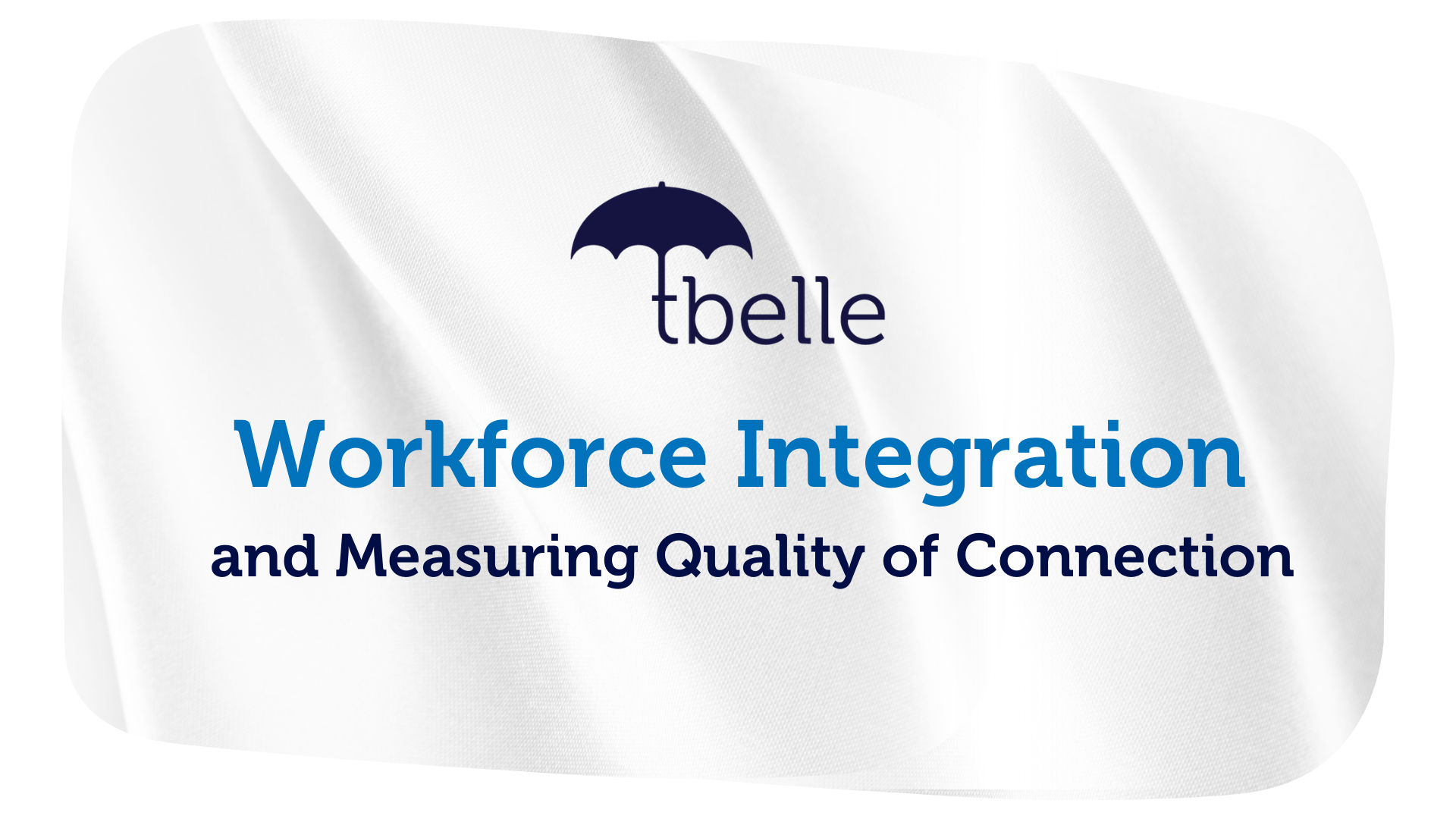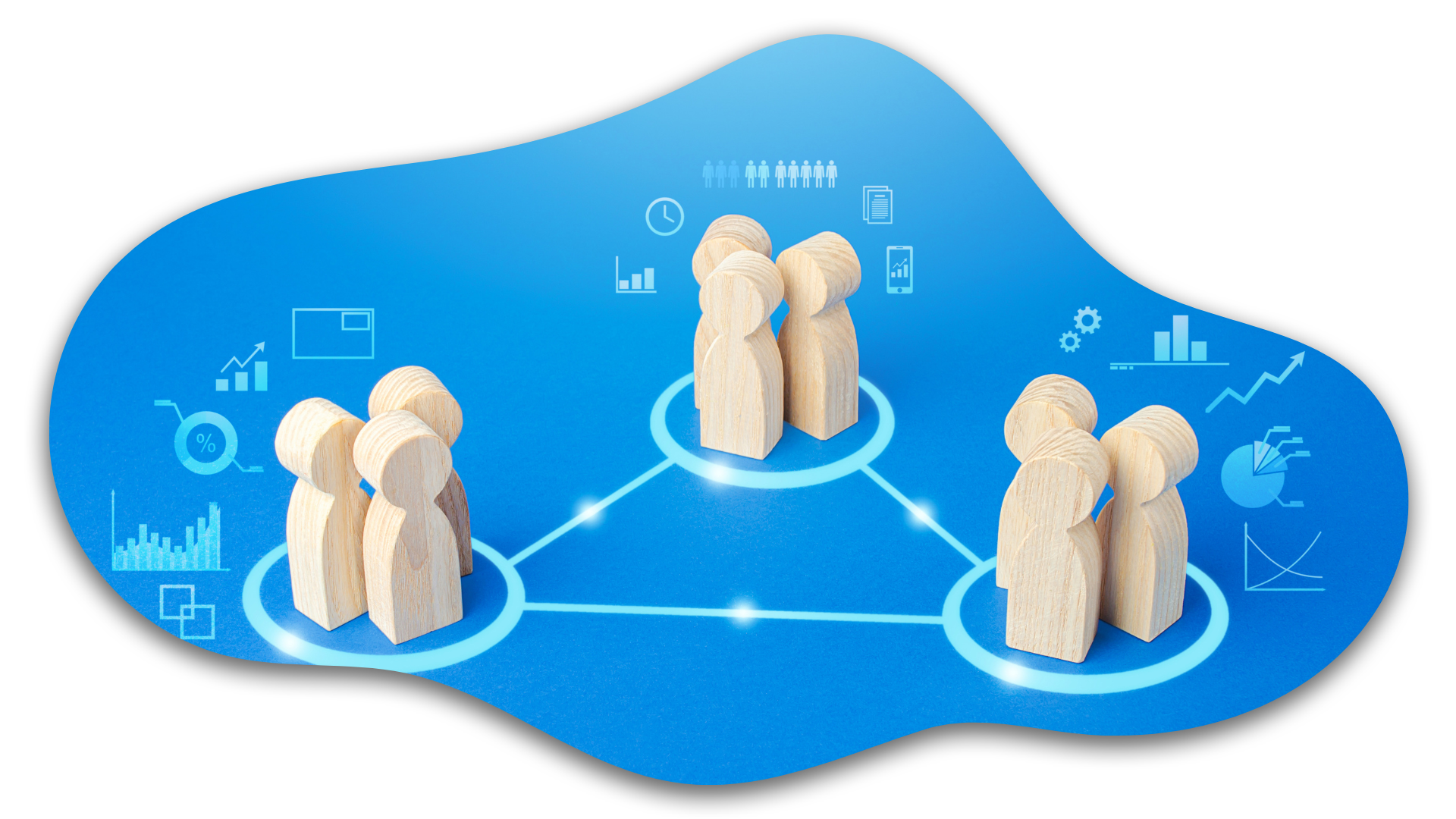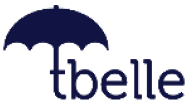
Summary. Workforce Integration redefines team dynamics in the age of remote and hybrid work by focusing on fostering meaningful connections and cultivating a purpose-driven culture. As companies expand their global talent pool, fragmented communication, lack of shared experiences, and feelings of isolation can hinder collaboration and innovation. Workforce Integration offers a strategic framework that aligns employees with company values, builds trust, and enhances emotional engagement, regardless of location or work style.
The article highlights the critical elements of high-quality connections—trust, communication, collaboration, and alignment—and how these can be quantified using tools like Social Capital Surveys, sentiment analysis, and collaboration indices. It also emphasises that employee connection goes beyond productivity metrics, touching on belonging and shared purpose as key drivers of engagement.
In the age of remote work and hybrid models, is your workforce truly integrated?
Blurred lines between work and personal life, fragmented communication channels, and a lack of shared experiences can lead to feelings of isolation and disengagement. This not only impacts employee morale and productivity but also hinders innovation and collaboration.

Building a truly integrated workforce requires a conscious effort to foster meaningful connections, cultivate a strong sense of community, and ensure that every employee feels valued and included, regardless of their location or work style.
High-quality connections within a workforce are more than just a feel-good factor; they are foundational to collaboration, innovation, and achieving strategic goals. This article explores how organisations can define, measure, and nurture these connections, and presents actionable insights for building a truly integrated and engaged workforce.
Defining and Quantifying Key Elements of High-Quality Connection
High-quality connection within a globally integrated workforce is underpinned by trust, effective communication, collaboration, and alignment with company values. These elements are essential for building strong interpersonal relationships that enhance engagement and productivity.
Key Elements and Metrics
- Trust
- Communication Effectiveness
- Collaboration
- Alignment with Company Values

- Trust
When trust is strong, employees are more likely to be engaged, productive, and committed to achieving organizational goals. PwC’s 2024 Trust Survey reports a significant disconnect exists between employee and leader perceptions of trust, with only 67% of employees trusting their employers, while 86% of leaders believe they are highly trusted.
This discrepancy can make leaders overestimate the level of trust they have built with their employees, which can have serious consequences that can impact the organisation’s success.
Quantification: Despite their intangible nature, employee trust and belonging can be measured using three practical approaches: surveys, stay interviews, and indirect evidence. Additionally, Social Capital Surveys evaluate employees’ perceptions of mutual support and team interdependence.
- Communication Effectiveness
Effective communication is the lifeblood of any successful organisation, especially within a globally integrated workforce. It goes beyond simply exchanging information; it involves actively listening, providing clear and concise messages, and ensuring that everyone understands and feels heard.
Metrics: Network analysis can map communication patterns, identifying silos or under-connected team members.
- Collaboration
Collaboration is essential for driving innovation, solving complex problems, and achieving shared goals within a globally integrated workforce. Research shows that companies using collaboration tools experience a 30% increase in productivity, underscoring the significant impact that effective collaboration can have on organizational success.
Metrics: Collaboration indices measure the frequency of cross-functional projects and team interdependence.
- Alignment with Company Values
In the Workforce Integration framework, Alignment begins when the teams’ goals and organisational mission are synchronised. This phase, (Phase 3: Alignment), ensures connections are not just incidental but systematically cultivated for long-term cohesion.Metrics: Surveys during strategy workshops can assess alignment with organisational goals.
Measuring Emotional Engagement and Belonging

Emotional engagement in a workplace matters because it directly impacts an organisation’s success. Gallup’s research reveals that engaged employees outperform their disengaged counterparts in key areas like productivity and customer satisfaction, ultimately driving better business results.
Emotional engagement transcends traditional metrics, diving into employees’ sense of community and shared mission. Building belonging is critical for remote and hybrid teams.
Advanced Tools and Methods:
- Belonging Index – At its root, it measures how much people feel like they belong in a community. In the workplace, Belonging Index quickly understands whether or not the people in your business have a sense of belonging. This tool combines data on inclusivity, recognition, and cultural alignment.
- Emotional Sentiment Analysis – Sentiment analysis examines digital text to identify and categorize the underlying emotions, such as positivity, negativity, or neutrality. In measuring emotional engagement in workplaces, this method uses AI-based tools to analyze employee feedback for emotional indicators (e.g., positive vs. negative sentiments).
- Pulse Check Platforms – Tools like TinyPulse and CultureAmp provide real-time insights into engagement.
Workforce Integration emphasizes Connection Blocker Analysis, identifying cultural or policy barriers that diminish engagement. Companies like Tbelle recommend fostering deeper cultural immersion during onboarding to address this.
Interpersonal Connections’ Impact on Organisational Success
In the concept of Workforce Integration, strong interpersonal connections are the bedrock of a thriving organisation. They go beyond simple interactions, fostering a sense of community, trust, and shared purpose that directly influences organisational outcomes.

A recent survey by Reward Gateway indicates that 25% of people managers believe employee engagement has decreased over the past 12 months, highlighting the critical need for organisations to prioritise strategies that foster strong interpersonal connections.
Metric Tools:
- Collaboration Index – A research by the University of Wollongong mentions that collaboration index is introduced to measure the level of collaborative practices. This tool tracks inter-team communication and cross-functional engagement.
- Trust Metrics – Evaluate the extent of fairness and respect within teams. Employee trust and belonging can be assessed using three methods: surveys, stay interviews, and indirect evidence.
- Turnover Rates – High-quality connections correlate with reduced turnover, especially in distributed teams.
In the Workforce Integration model, Phase 4 (Application) and Phase 5 (Integration), focus on incorporating collaboration-enhancing tools and monitoring sustained interpersonal relationships to measure success over time. These phases emphasise continuous feedback loops and adaptive strategies to ensure that the connections formed remain strong and evolve alongside team needs and organizational goals.
Leadership’s Role in Fostering Quality of Connection
Leaders are cultural ambassadors, translating the company’s mission into everyday actions. Their ability to foster connection is vital for team alignment and overall organisational success. Effective leaders demonstrate empathy, recognising and addressing the emotional and professional needs of their team members.
Strategies for Leader Evaluation

Evaluating leaders encompasses a multifaceted approach. An Empathy Index can assess leaders’ capacity to understand and address the emotional and professional needs of their team members. Recognition Tracking analyzes how frequently leaders acknowledge and celebrate contributions, providing valuable insights into their recognition practices.
Furthermore, investing in Connection Leadership Training programs that focus on cultural intelligence and effective communication empowers leaders to build stronger relationships, navigate diverse perspectives, and effectively communicate across different teams and cultures.
Tbelle’s Workforce Integration stresses incentivizing leaders to promote connection. By embedding team cohesion in KPIs, leaders are motivated to prioritise employee integration and collaboration.
Assessing Virtual and Hybrid Team-Building Activities
Virtual and hybrid team-building activities are essential for overcoming the isolation inherent in remote work. In Workforce Integration, these activities play a crucial role in fostering connection, building trust, and enhancing collaboration among team members, regardless of their location.
Assessment Techniques:
- Behavioral Data Tracking – This is a way of gaining information about users’ browsing habits. Behavioral tracking monitors participation rates and engagement.
- Employee Surveys – Collect qualitative data on the perceived value of team-building efforts.
- Social Media Engagement – Measures internal platform activity pre- and post-events.
Tbelle’s Workforce Integration model implements an Employee Journey framework which includes structured activities for engagement during an employee’s first year, ensuring sustained connection beyond onboarding.
Conclusion: The Workforce Integration Journey

The journey towards a truly integrated workforce is an ongoing and evolving process. It requires a multifaceted approach that addresses the unique challenges and opportunities presented by today’s dynamic work environment. By prioritising the quality of connection in a team, organisations can create a culture of inclusion, engagement, and collaboration that empowers employees, drives innovation, and ultimately enhances organisational success.
Summary of Framework Applications
- Discovery and Assessment Phases – Analyse existing relationships and barriers.
- Alignment and Application Phases – Implement initiatives for synchronised strategies.
- Integration Phase – Build a culture of continuous improvement and inclusivity.
By prioritising the Quality of Connection™, organisations can enhance employee engagement, reduce turnover, and achieve sustainable success. Tbelle’s Workforce Integration framework provides a roadmap for fostering meaningful connections, transforming how businesses navigate the complexities of a globally distributed workforce.









